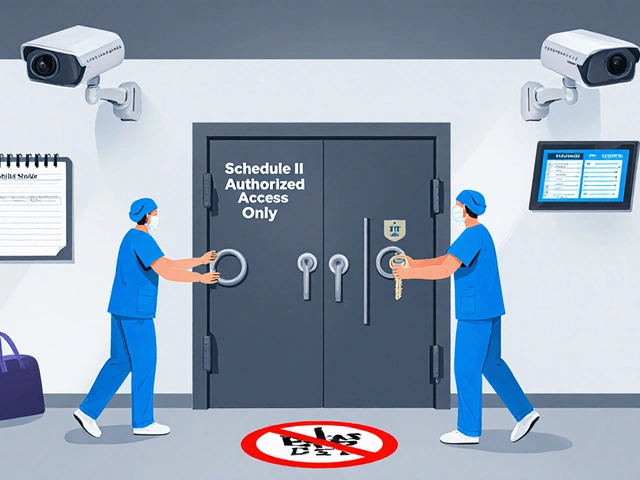Metformin Alternatives: Your Guide to Managing Blood Sugar
If you’ve been told to avoid Metformin or it just isn’t working for you, you’re not alone. Many people need a different approach to keep their glucose in check. Below you’ll find why people switch, which drugs are most common, and practical tips for talking to your doctor.
Why Look Beyond Metformin?
Metformin is the first‑line drug for type 2 diabetes because it’s cheap and works for most folks. However, it can cause stomach upset, vitamin B12 loss, or simply fail to lower A1C enough. Some patients have kidney problems that make Metformin risky, and a few have a rare condition called lactic acidosis. When any of these issues pop up, doctors start hunting for alternatives that fit your health profile.
Top Non‑Metformin Options
SGLT2 inhibitors like empagliflozin, dapagliflozin, and canagliflozin help the kidneys dump glucose in urine. They also lower blood pressure and may protect the heart. The main thing to watch for is a higher chance of urinary tract infections, so staying hydrated is key.
GLP‑1 receptor agonists (e.g., liraglutide, semaglutide) mimic a gut hormone that tells your brain you’re full. They can lead to noticeable weight loss and improve A1C. You’ll need a weekly injection, and some people feel nausea at first, but the benefits often outweigh that short‑term discomfort.
DPP‑4 inhibitors such as sitagliptin and saxagliptin work by keeping the same gut hormone around longer. They’re easy to take—once‑daily pills—and cause few side effects. They’re not as powerful at dropping A1C as GLP‑1 drugs, but they’re a solid middle ground.
Thiazolidinediones (TZDs) like pioglitazone and rosiglitazone improve insulin sensitivity in muscle and fat. They’re cheap and work well when other meds fail. Watch out for fluid retention, which can worsen heart failure, and possible bone loss with long‑term use.
Insulin therapy is the last line when oral meds don’t cut it. Modern basal insulins (glargine, degludec) can be taken once a day with low risk of low blood sugar. If you need tighter control, a mix of basal and rapid‑acting insulin can be tailored to meals.
When deciding which alternative fits you, consider these factors: how your kidneys are doing, if you have heart disease, your weight goals, and how comfortable you are with injections. Write down any concerns—like fear of needles or a history of urinary infections—and bring that list to your appointment.
Finally, remember lifestyle still matters. Even the best drug won’t offset a diet loaded with sugary drinks and no exercise. Pair any new medication with a balanced eating plan, regular walks, and sleep you can count on.
Switching from Metformin doesn’t mean giving up control over your diabetes. With the right drug, a bit of planning, and open communication with your healthcare team, you can keep your blood sugar where you want it—without the side effects that got you here.
Discover five noteworthy alternatives to Metformin in 2025 for managing type 2 diabetes. This comprehensive guide explores options like Januvia, Ozempic, Victoza, Precose, and Actos, providing insights into their administration, benefits, and potential side effects. Uncover how these medications can enhance diabetes treatment and fit into individual health plans.
Categories
Archives
Recent-posts
How to Store Controlled Substances to Prevent Diversion: A Practical Guide for Healthcare Facilities
Nov, 16 2025



 Medications
Medications




